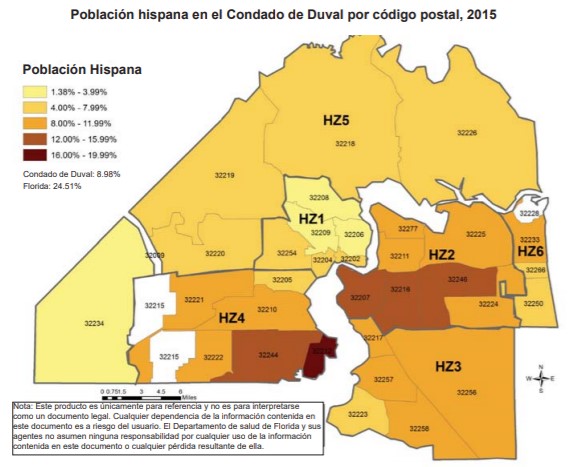Facts & Statistics
Essential to our History
- Latinos have fought in every American war dating back to before the Revolutionary War, making significant contributions, including 60 Hispanic Medal of Honor recipients.
- The oldest city in our nation is St. Augustine, Florida – a Spanish settlement.
- The oldest capital city in the U.S. today is Santa Fe, New Mexico—a Spanish settlement.
- Before Brown vs. Board of Education there was Mendez vs. Westminster—this case regarding Mexican American segregation in California was the precedent for the landmark Supreme Court case.
Population Size and Growth
- The U.S. Hispanic population reached 63.6 million in 2022, up from 50.5 million in 2010. The 26% increase in the Hispanic population was faster than the nation’s 8% growth rate but slower than the 34% increase in the Asian population. In 2022, Hispanics made up nearly one-in-five people in the U.S. (19%), up from 16% in 2010 and just 5% in 1970.
- Today, one in four (25%) children under 18 is of Hispanic descent.
- Hispanics are projected to become 30% of the population by 2060.
- 65% of all Hispanics Americans are born in the United States.
- Hispanics have played a major role in U.S. population growth over the past decade. The U.S. population grew by 24.5 million from 2010 to 2022, and Hispanics accounted for 53% of this increase – a greater share than any other racial or ethnic group. The next closest group is non-Hispanic people who identify with two or more races. Their population grew by 8.4 million during this time, accounting for 34% of the overall increase.
- Metro areas in Florida and the nation’s capital have distinctive Hispanic enclaves. Puerto Ricans make up 43% of Hispanics in the Orlando area, while Cubans make up 39% of Hispanics in the Miami area.
Source: Pew Research Center
Thriving Business Community
- Latinos are opening more small businesses than anyone else in the U.S.
- With a total of 4.7 million Latino-owned businesses in the U.S., one in four new businesses in the U.S. is Latino-owned.
- Over the past ten years, the number of Latino business owners grew 34%, compared to 1% for all business owners in the U.S.
Source: United States Hispanic Chamber of Commerce
Hispanic Data in Duval County

- One out of every 11 people living in Duval County is Hispanic. In 2017, 86,941, Hispanics lived in Duval County, representing a 32% increase from 2010.
- During the same time period, the non-Hispanic white population in Duval County increased 7%.
- During this same time period, the non-Hispanic white population in Duval County increased 4%.
- Duval County is divided into six code-based Health Zones (HZ).
- Mutually exclusive postcards tied to county organization and demographics.
- Every HZ represents the different geographic areas of the county – the urban core (HZ1)
- Arlington (HZ2), Southeast (HZ3), Southwest (HZ4), Outer Rim (HZ5), and Beaches (HZ6).
- Even if the Hispanic community spans through Duval County, the zip codes with the highest proportion of Hispanic residents are 32,212 (17%), 32,246 (16%), 32,227 (15%), 32,207 (13%), 32216 (13%) and 32244 (12%). These zip codes are in HZ 2 and 4.


